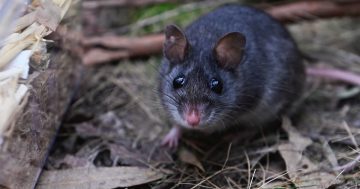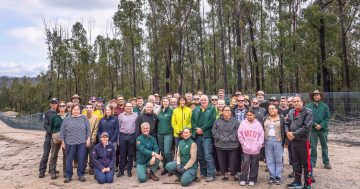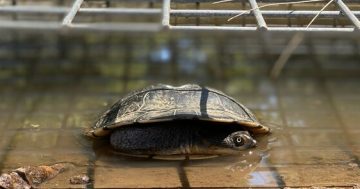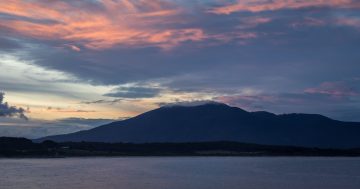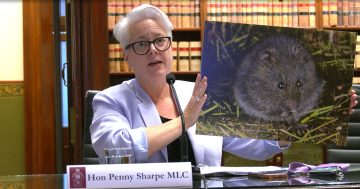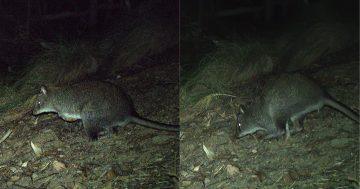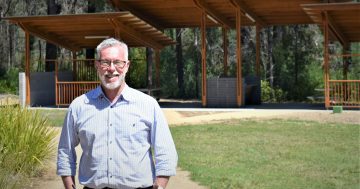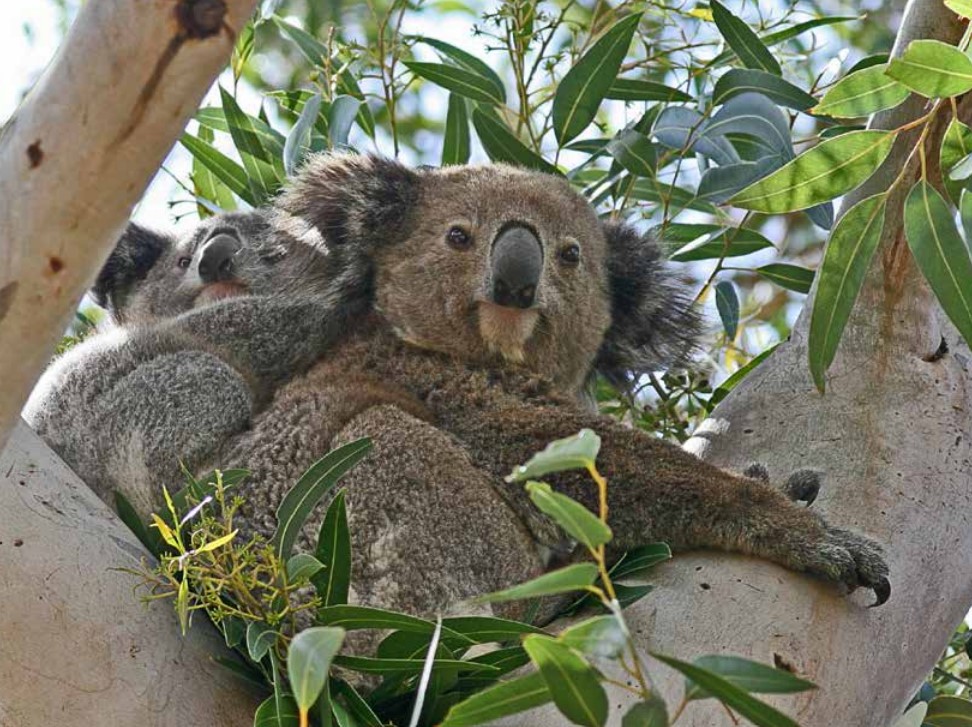
Koalas are among the threatened species set to benefit from the land acquisition near Cooma. Photo: NSW Environment.
Approximately 200 Southern Tablelands koalas and 12 other local threatened species are set to benefit from the expansion of the Macanally State Conservation Area near Cooma.
The NSW Government has purchased 1052 ha of land adjoining the area – one of three additions to state-wide national parks estate.
Minister for Environment James Griffin said the areas were chosen as part of a program targeting some of the most critical areas in NSW for koala conservation.
“Securing koala habitat in national parks is part of our strategy to double the koala population by 2050. As well as koalas, these national park additions will protect an incredible diversity of threatened species,” he said.
“Since 2019, the NSW Government has secured 600,000 ha for addition to the national park estate to protect threatened habitats, wildlife and cultural heritage in perpetuity.”
The land purchased in the Monaro contains long, unburnt woodlands and forms part of a corridor linking the tablelands with coastal forests.
It is used by the Southern Tablelands koala, which is a genetically distinct variety of the marsupial that eats tree bark for nutrients rather than leaves.
The area is also home to threatened bird species, such as the brown treecreeper, diamond firetail, flame robin, scarlet robin and hang-gang cockatoo.
It also contains the silver-leafed gum, a rare species only known to be found in two regions of NSW, and the Pale Pomaderris.
Sites were also secured at the Bundjalung National Park near Yamba and the Killabakh Nature Reserve in the ranges north of Taree, both located in the north-east of the state.
It’s part of the state government’s newly updated Koala Strategy, unveiled last month (April 2022).
The plan cost $193.3 million and builds on the previous $44.7 million strategy.

Brittle Gum and Red Stringy Barks found in the Macanally SCA. Photo: NPWS Michel Pennay.
Meanwhile a 2000-ha forest in the South East National Park near Bombala has been earmarked as the state’s next feral-predator free area.
Called Nungatta, Mr Griffin said it was chosen as part of the ‘rewilding’ of the state.
“Feral cats and foxes, which kill billions of native animals nationally every year, will be completely eradicated within this fenced rewilding site,” he said.
“Then when the site is feral predator free, we’ll reintroduce native mammals that were once abundant in this habitat, such as the long-footed potoroo, eastern bettong, smoky mouse and eastern quoll.”
It’s one of seven sites chosen across the state as part of an $80 million investment in wildlife restoration.
Three of the seven sites are already operational, where nine locally extinct mammals have already been successfully reintroduced.
“Once all seven sites are completed, 65,000 ha of national parks will be feral free and provide a significant conservation benefit for more than 50 species,” Mr Griffin said.
More details about why this area has been selected and how the feral predator free site will be incorporated into the national park can be found in the South East Forests National Park and Egan Peaks Nature Reserve Draft Amendment to the Plan of Management. The draft amendment is currently on public exhibition and the community is encouraged to have its say before 16 June 2022.







